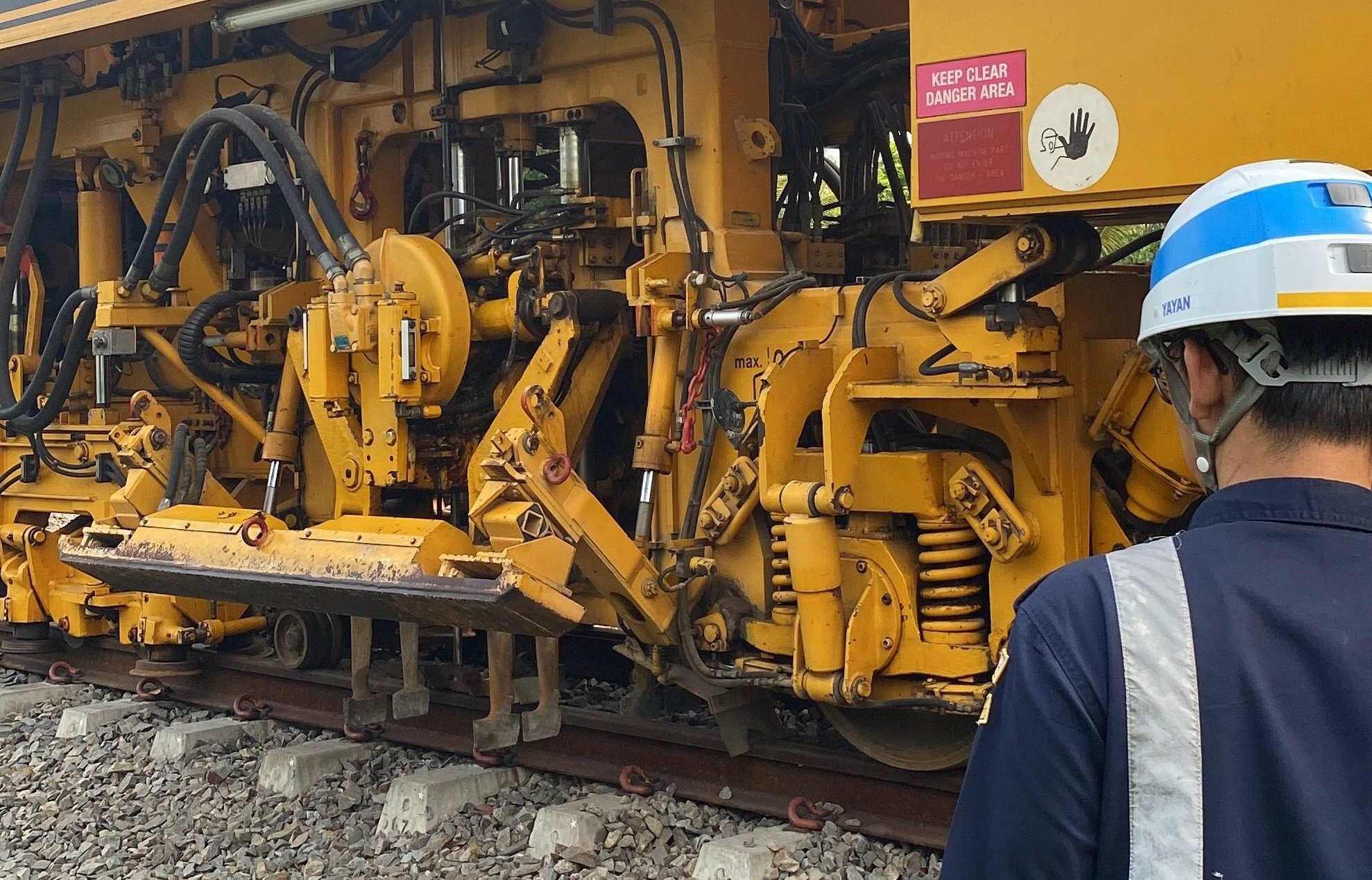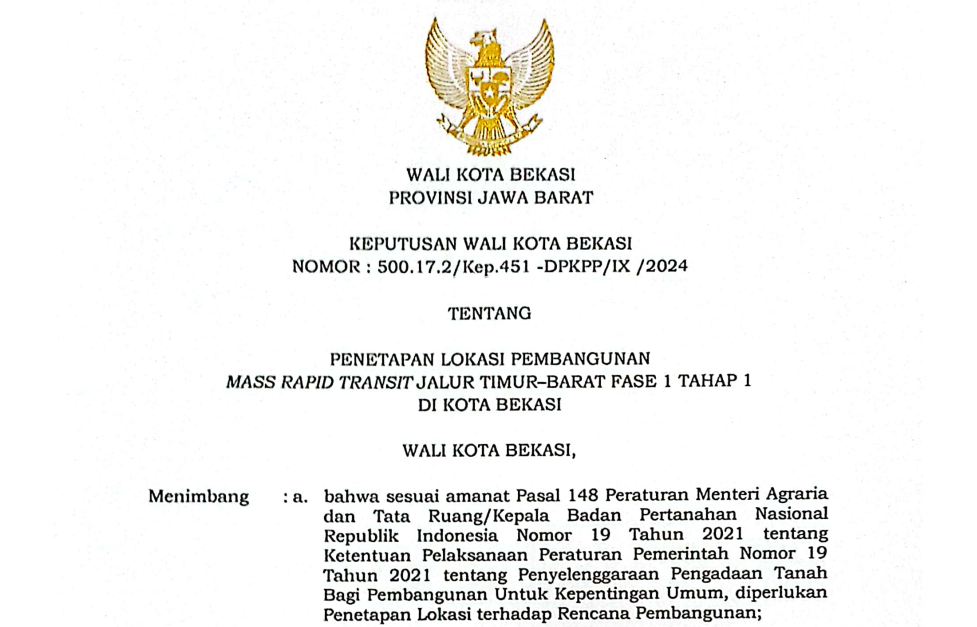Check the railway track with TGMS Train Measuring

The presence of measuring trains is a concrete manifestation of digital transformation within the scope of railway infrastructure, which is equipped with measurement instruments for testing railway facilities or infrastructure. This train is used to measure the condition/quality of the geometric profile of the railway track so that the condition of the rail track can be determined whether it meets standards or not. This measuring train can move itself without a locomotive.
In Indonesia, railway track specification standards have been regulated in Minister of Transportation Regulation Number 60 of 2012 concerning Technical Requirements for Railway Tracks. One aspect that determines the comfort and safety of train transportation is the infrastructure aspect, especially the train track. So railway lines must meet applicable specification standards from the start of construction to maintenance. Furthermore, regular inspection and testing is carried out.
TQI is a statistical summary of railroad geometric parameters measured over a specified track length. The measurements carried out by the measuring train will produce an indicator, namely TQI (Track Quality Index). TQI is used to evaluate the geometric conditions of the railroad, such as the width of the railroad (track gauge), the height difference between the right and left rails (cross level), vertical unevenness (profile), horizontal unevenness (alignment), cross level differences. at a certain distance (twist), continuous cross-level differences (warp) and degree of curvature. The higher the TQI value, the more severe the level of rail damage. The TQI value is used as a guideline for carrying out maintenance on railroad tracks. This is stated in the Regulation of the Minister of Transportation Number 32 of 2011 concerning Standards and Procedures for Maintenance of Railway Infrastructure Article 9 Paragraph 1 that railway maintenance is carried out to maintain the condition of the railway in accordance with railroad operating standards to serve railway facilities according to the value of the Railway Quality Index ( Track Qualify Index) that has been determined.
How the Measuring Cart Works?
A measuring train is a type of self-propelled train where the train can move on the tracks without being pulled by a locomotive. The train has its own propulsion, either diesel or electric. Apart from being able to measure the geometry of the rail track (track geometry measurement), a measuring train can also measure the condition of the overhead line (overhead wire measurement), and measure the quality of the ride (ride index measurement) on the rail track it passes because it has an array of sensor technology installed. inside it.
Rail track geometry measurements are carried out using an integrated system Track Geometry Measurement System (TGMS) which is an integrated system consisting of various sensors such as laser sensors, accelerometer/IMU, gyroscope, inclinometer, camera/vision, and odometer which are used to capture railroad track and track data.
TGMS is usually installed in the train drive system (generally in the bogie area).
During observations on the practical agenda for operating the Measuring Train at the Ngrombo Workshop, Railway Maintenance Center some time ago, the Measuring Train was run to inspect the rail line at the railway crossing from Ngrombo Station to Gundih Station, Grobogan Regency.
The laser beam is emitted towards the rail object and its reflection forms a contour image of the rail object. The images and contour coordinates of the two rails are collected into a complete rail image reading.
Image data and coordinates of both rails are collected with a camera at a known distance allowing for gauge measurements (rail width). Vertical rail surface measurements (profile) and alignment measurements are carried out by combining an accelerometer/inertial sensor with a laser (displacement) sensor.
Crosslevel is measured by considering several measurements from sensors, including measuring roll and yaw angles from gyroscopes and inclinometers, as well as measuring rail positions as a result of readings from laser sensors. From this cross-level measurement, twist and warp measurements are also obtained.
Crosslevel is the height difference that occurs between the top of the right rail and the left rail. Twist is a measurement of the cross-level difference between 2 points with a certain distance. Warp is a measurement of the maximum cross-level difference between 2 random points whose distance is less than the specified distance on the curved path (curves/spirals).
Curvature measurements are measured by determining the change in the yaw angle of the rail track per unit length from the gyroscope's yaw rate (radian/second) measurements. This measure is converted to curvature (radians/distance).
From the results of all measurements obtained, they will be processed through digital processing computing to produce data that is easy for users/readers to understand and the data is also stored in a database so that further analysis can be carried out as monitoring data or as a basis for implementing railroad maintenance. (yogo/hamid)






.jpg)



Komentar
LOGIN FOR COMMENT Sign in with Google